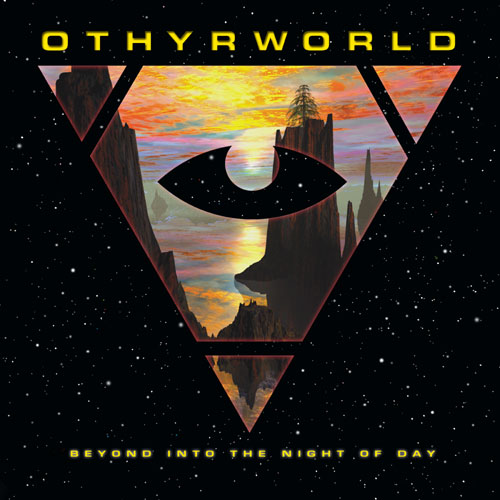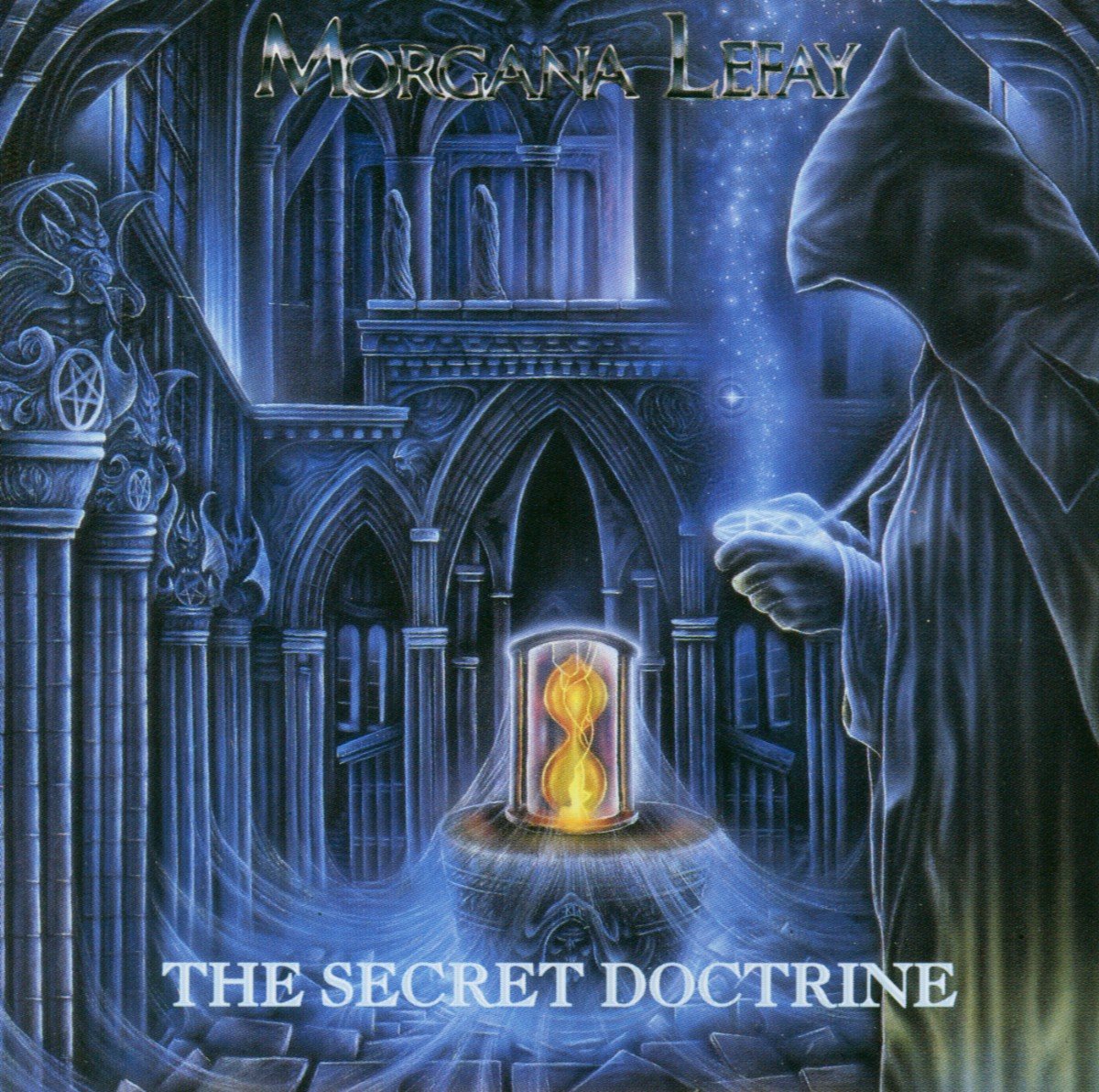Album of the Week 22-2020: Othyrworld – Beyond Into The Night Of Day

Othyrworld was the continuation of Canadian sci-fi heavy metal band Sacred Blade. Don’t believe me? Their first – and unfortunately only – album ‘Beyond Into The Night Of Day’ contains nine tracks that could also be found on Sacred Blade’s 1986 debut album ‘Of The Sun + Moon’. While that may render the release pointless to some, that album was actually quite ambitious for its time and I’m not sure if the available technology was able to fulfill main man Jeff Ulmer’s vision at the time. Ulmer definitely took control of ‘Beyond Into The Night Of Day’, as he is only helped by drummer Ted Zawadski.
Musically, Sacred Blade and Othyrworld were pretty much on the more progressive end of the US power metal scale, despite not actually being American. Comparisons to Crimson Glory are often made due to the song structures and sci-fi themes, but those comparisons may also be a tad misleading. Jeff Ulmer’s voice is significantly lower than Midnight’s, for instance, and some of his compositions have a notable psychedelic quality that cannot really be heard anywhere else in the power/prog field. Especially not in the mid-eighties, when the majority of the song material on ‘Beyond Into The Night Of Day’ was first constructed.
What is remarkable about Othyrworld’s music is that it somehow retained its futuristic sound through all these years. The futuristic elements of a lot of sci-fi inspired art from the eighties – be it music, movies or even novels – have become horribly outdated through the years, but ‘Beyond Into The Night Of Day’ sounds like it could have been recorded yesterday. Zawadski’s huge, reverberating snare drum hits could be seen as a period piece, but his kit has a very natural sound, making it sound timeless instead. The same goes for Ulmer’s very bright acoustic and surprisingly dry-sounding electric guitars.
‘Beyond Into The Night Of Day’ is best listened to in one sitting. The fact that many tracks segue into each other suggests that it was intended to be experienced as such. It’s quite hard not to be carried away by the spacey atmosphere if you actually feel it. Ulmer isn’t the most powerful singer in the world, but his laid-back tone and multi-tracked harmonies create a rather unique ambience. And even if you’re having trouble adapting to the vocals, the album is full of lengthy instrumental passages. In fact, the last ten minutes of the album – the spectacular ‘Moon’ – are only accompanied by a few spoken stanzas.
Anyone who loved the melodic power/prog metal of the likes of Crimson Glory, Queensrÿche or maybe early Ray Alder-era Fates Warning and doesn’t mind the vocals being a bit lower in pitch should definitely give Sacred Blade and Othyrworld a chance. ‘Of The Sun + Moon’, ‘Fieldz The Sunshrine’ and the relatively straightforward ‘In The Light Of The Moon’ should have been eighties metal classics, while newer material such as ‘Ethereal Skyline’ and ‘The Alginment’ show a truly one-of-a-kind, laid-back blend of eighties prog metal and psychedelic rock that could have opened a lot of new doors for Othyrworld. Unfortunately, both musicians died – Zawadski earlier this year, Ulmer back in 2013 – but they certainly made their presence on Earth count with this release.
Recommended tracks: ‘Moon’, ‘Of The Sun + Moon’, ‘Fieldz The Sunshrine’



